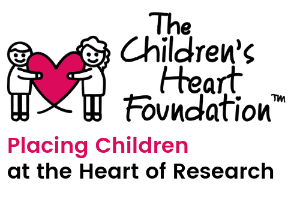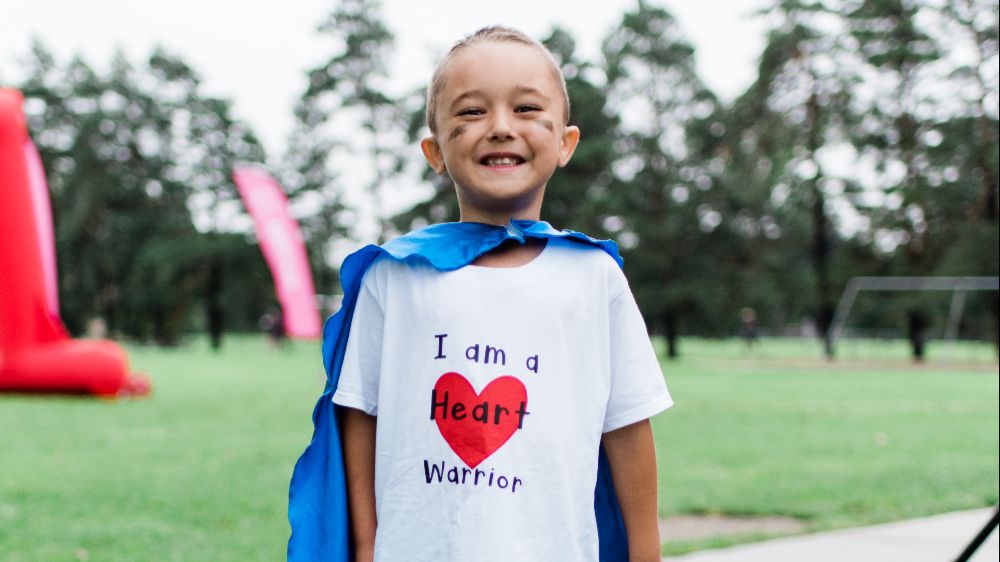
With the help of our generous supporters, The Children's Heart Foundation has funded nearly $18 million of CHD research and scientific collaborations.
View all of our funded research below. Use the search tool to filter by Doctor's Name, Project Name, Hospital/Institution, or Year funded.
Hydrogen Gas as a Neuroprotective Agent during Circulatory Arrest for Congenital Heart Surgery
Dr. John Kheir
Boston Children’s Hospital
Massachusetts
2015
Hydrogen Gas as a Neuroprotective Agent during Circulatory Arrest for Congenital Heart Surgery
Doctor's Name:
Dr. John Kheir
Hospital/Institution:
Boston Children’s Hospital
Collaboratively awarded through the CHF and AHA Congenital Heart Defect Research Awards
(Total Grant Amount = $213,840; CHF portion = $106,920)
Funded by Grant’s Gala
The repair of congenital heart defects requires the use of cardiopulmonary bypass to permit visualization and handling of the heart and vessels. In infants and children, the repair of some defects requires the temporary but complete cessation of blood flow in the entire body, a phenomenon known as deep hypothermic circulatory arrest (DHCA). This is made possible only by the protective effects of deep hypothermia (~18C). Although deep hypothermia is essential to the safety of circulatory arrest, it is not completely protective. Several studies have shown that up to 73% of children undergoing complex heart surgery with this technique have evidence of new ischemic strokes following heart surgery. As children grow, this causes delays in learning, attention, fine motor skills and other cognitive defects, all consistent problems among congenital heart patients. The purpose of this grant is to explore a new technique to supplement the protective effects of hypothermia which may mitigate these neurologic injuries. Hydrogen (H2) gas is a naturally occurring gas which has unique cytoprotective properties. Primarily, H2 binds to a highly toxic mediator of ischemic injury that results from DHCA known as the hydroxyl radical. Following ischemic injury, hydroxyl radicals directly damage DNA and cause lipid peroxidation. This results in cell death and causes the neurologic impairments described above. Several studies have demonstrated that animals exposed to H2 gas following an ischemic insult suffer significantly improved survival and less brain injury than without it. Here, we seek to test whether the inhalation of H2 gas prior to and following on DHCA positively impacts survival and neurologic injury in a well-established pig model. Briefly, swine will be placed under general anesthesia and instrumented for cardiopulmonary bypass. Deep hypothermia will be achieved as it is clinically. Swine will be treated with inhalation of 26% oxygen with or without 2% H2 gas for 1 hour prior to and 4 hours following 60 minutes of DHCA. Thereafter, circulation will be restored, animals rewarmed and recovered for a 7 day observation period. Animals will undergo daily detailed neurologic exams, a brain MRI, and measurement of several important markers of end organ injury. If successful, the inhalation of hydrogen gas may represent a novel, potent and complementary adjunct to current practices of cardiopulmonary bypass in infants and children.
Award Date 1:
2015
Award Amount 1:
$106,920



